A computer designed in Taiwan was sent to the International Space Station (ISS) for testing for a long-term contract, a Chungshan Institute of Science and Technology official has confirmed.
The SG100 Cloud Computer was designed by the institute after NASA opened the contract for the computer to worldwide bids, and it is capable of performing cloud-based computations and upgrading itself during space missions, the official said.
NASA selected the computer for its OA-7 mission after it passed the US space agency’s evaluations with a perfect score, the official added.
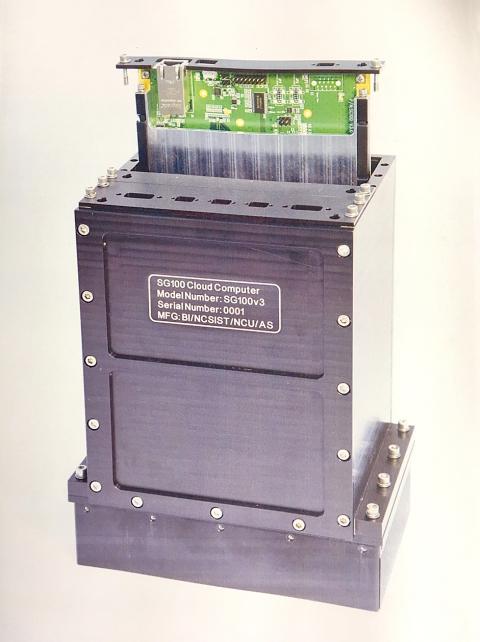
Photo courtesy of the Chungshan Institute of Science and Technology
NASA launched the OA-7 mission on April 18 to supply the space station with an Orbital ATK rocket, and the SG100’s components were included in the shipment for assembly at the station.
If the SG100 passes a six-month field trial, the institute will be contracted by NASA to design its next-generation space mission computers, the official said.
The SG100 Cloud Computer program was a joint effort by the institute, Academia Sinica and National Central University.
The Institute of Nuclear Energy Research and the Chang Gung Memorial Hospital’s Lin-kuo Branch allowed the design team to use their particle accelerator to test the computer’s performance in space-like conditions.
“Data generated by planning, design, analysis and simulation tasks involved in the process had all been evaluated by NASA experts... The final product was then subjected to NASA’s rigorous environmental testing, which the SG100 passed flawlessly,” the official said.
The design team worked with NASA on the computer used by the space station’s alpha magnetic spectrometer (AMS), a computer that has been in use at the station since 2001.
The AMS project was headed by Nobel laureate Samuel Ting, a Taiwanese-American physicist, who was also involved in the development of the SG100.
The OA-7 mission is to involve four key experiments, including testing of the SG100.
The institute last year announced that it was building a lunar lander for NASA’s Resource Prospector mission, which aims to be the first mining expedition on the moon in the early 2020s.
The lunar lander is expected to be completed by next year and the mission is expected to be launched in the early 2020s — if it is given the green light, institute officials said in July last year.
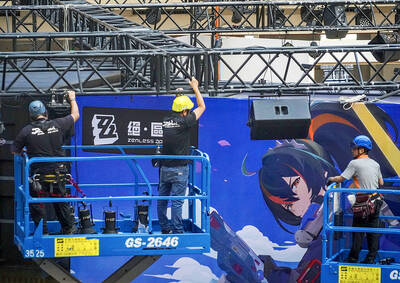
Taiwan is projected to lose a working-age population of about 6.67 million people in two waves of retirement in the coming years, as the nation confronts accelerating demographic decline and a shortage of younger workers to take their place, the Ministry of the Interior said. Taiwan experienced its largest baby boom between 1958 and 1966, when the population grew by 3.78 million, followed by a second surge of 2.89 million between 1976 and 1982, ministry data showed. In 2023, the first of those baby boom generations — those born in the late 1950s and early 1960s — began to enter retirement, triggering
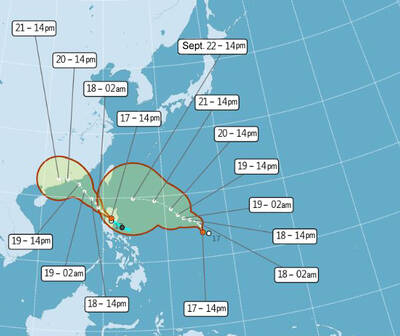
One of two tropical depressions that formed off Taiwan yesterday morning could turn into a moderate typhoon by the weekend, the Central Weather Administration (CWA) said yesterday. Tropical Depression No. 21 formed at 8am about 1,850km off the southeast coast, CWA forecaster Lee Meng-hsuan (李孟軒) said. The weather system is expected to move northwest as it builds momentum, possibly intensifying this weekend into a typhoon, which would be called Mitag, Lee said. The radius of the storm is expected to reach almost 200km, she said. It is forecast to approach the southeast of Taiwan on Monday next week and pass through the Bashi Channel
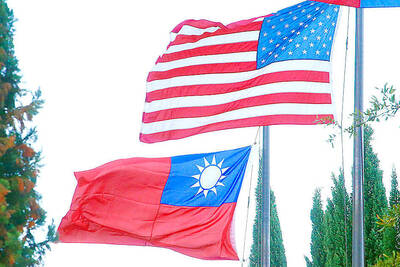
NO CHANGE: The TRA makes clear that the US does not consider the status of Taiwan to have been determined by WWII-era documents, a former AIT deputy director said The American Institute in Taiwan’s (AIT) comments that World War-II era documents do not determine Taiwan’s political status accurately conveyed the US’ stance, the US Department of State said. An AIT spokesperson on Saturday said that a Chinese official mischaracterized World War II-era documents as stating that Taiwan was ceded to the China. The remarks from the US’ de facto embassy in Taiwan drew criticism from the Ma Ying-jeou Foundation, whose director said the comments put Taiwan in danger. The Chinese-language United Daily News yesterday reported that a US State Department spokesperson confirmed the AIT’s position. They added that the US would continue to
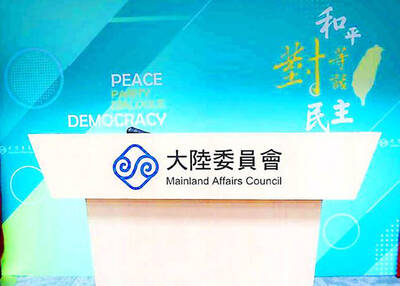
The number of Chinese spouses applying for dependent residency as well as long-term residency in Taiwan has decreased, the Mainland Affairs Council said yesterday, adding that the reduction of Chinese spouses staying or living in Taiwan is only one facet reflecting the general decrease in the number of people willing to get married in Taiwan. The number of Chinese spouses applying for dependent residency last year was 7,123, down by 2,931, or 29.15 percent, from the previous year. The same census showed that the number of Chinese spouses applying for long-term residency and receiving approval last year stood at 2,973, down 1,520,